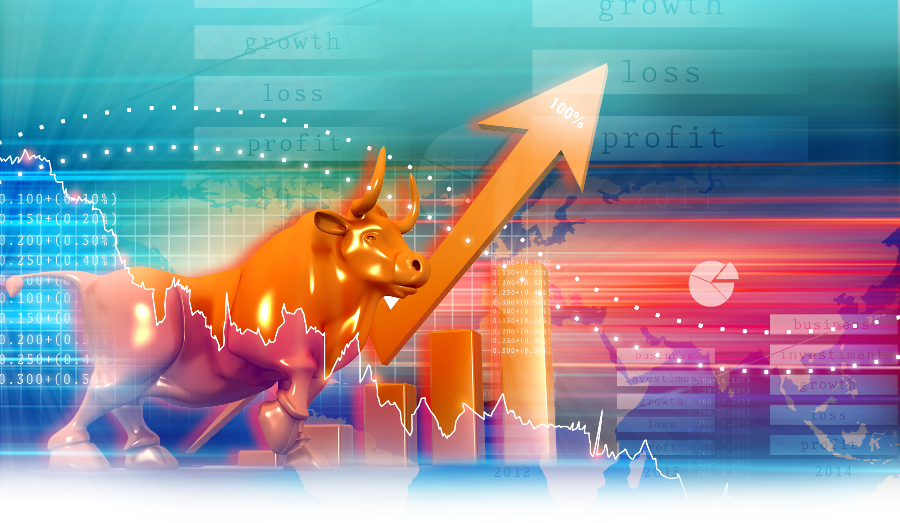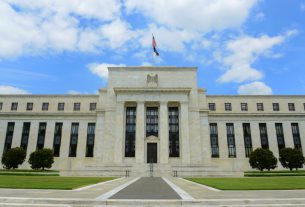Perhaps the most perplexing part of the current stock market rally is that it just doesn’t want to break. The Dow Jones reached two record highs last year, both early and late in the year, with major falls coming after both highs. Yet here we are again with the Dow still only a few hundred points off its all-time high. What gives?
One thing to realize about the current rally is that it largely isn’t normal investors who are behind the surge in stock prices. In fact, most of the increase in stock markets over the past three years is the result of firms buying back their stocks. With money cheap and easy to borrow, more and more companies have decided to issue debt in order to buy back stock.
Those stock buybacks are beneficial from a management standpoint as they reduce the number of outstanding shares and thus increase the firm’s earnings per share, a key metric that determines both the outlook for the stock in the future as well as executive compensation. But those buybacks won’t last forever, and when they finally run out the stock market’s bull run will come to an end.
The question then is how long will companies be able to continue that string of buybacks? 2018 set a record for stock buybacks, and the streak looks to have continued into 2019. Especially with bond yields having dropped recently, companies may be seeing that as a last opportunity to issue cheap debt in order to fund their buybacks. But when bond yields start to rise you can expect to see the buybacks come to a close.
While the Federal Reserve is not expected to continue raising rates this year, that doesn’t mean that they won’t continue rising of their own accord, particularly as business conditions deteriorate. That will be the signal that the bull market of the last few years has finally run its course.
This article was originally posted on Red Tea News.





